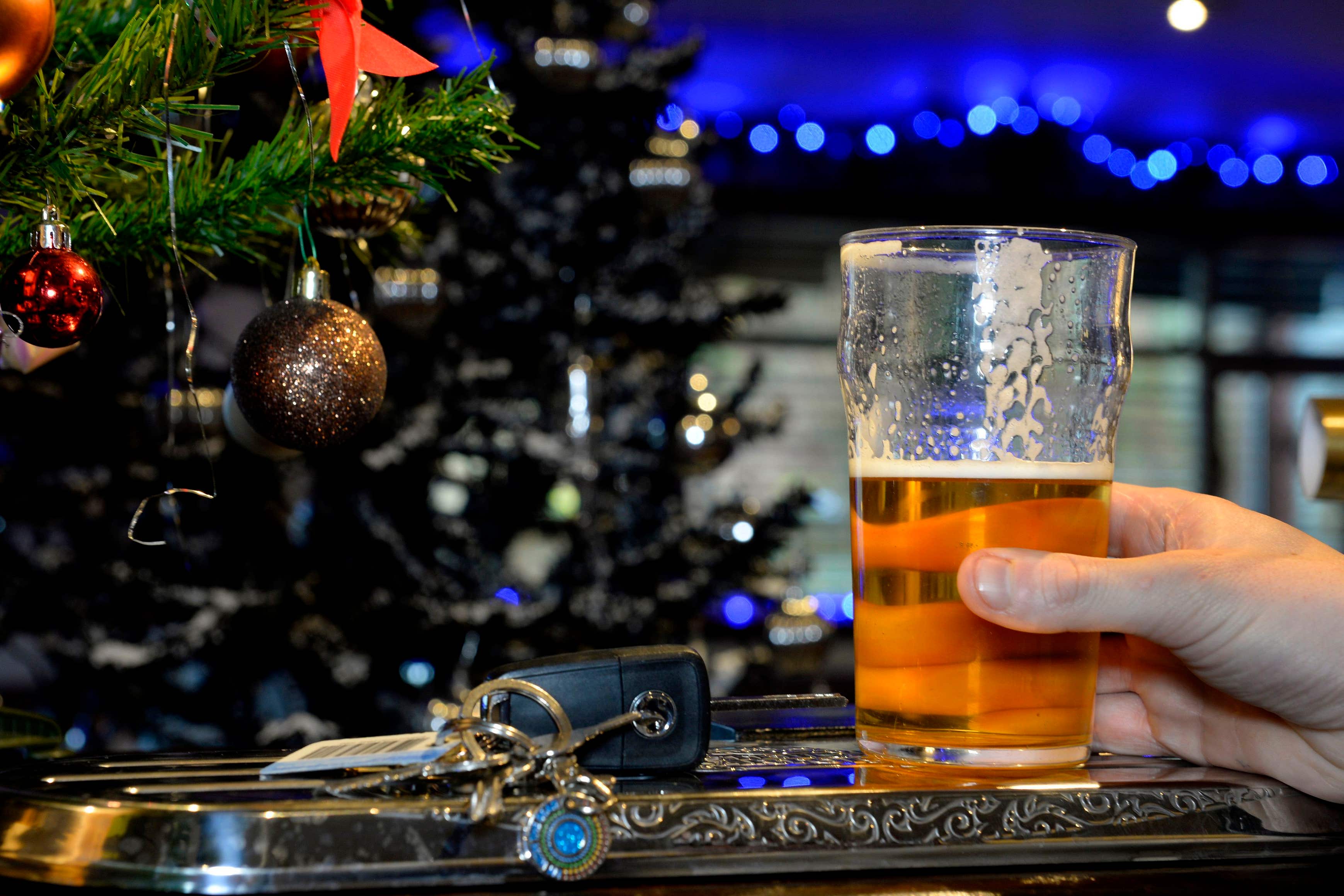Who is ‘dry January’ for, exactly?
The challenge, which was originally set by the charity Alcohol Change, is to abstain from alcohol for all 31 days of January, writes Ian Hamilton


Now in its 11th year, “dry January” has become as much of an annual fixture as carol singing and decorating the Christmas tree.
The challenge, which was originally set up by the charity Alcohol Change, is to abstain from alcohol for all 31 days of January. The charity registered 130,000 participants last year, although this is an underestimate of the actual number that take up the challenge but don’t bother to register.
Few would doubt that it does little harm to go without alcohol, particularly after the festive period – which will see many of us drink more alcohol than usual with family and work parties. But it is worth thinking about who exactly “dry January” is for?
It isn’t something for anyone dependent on alcohol, physically or psychologically – as abrupt abstinence from alcohol has the potential to be very uncomfortable at best, or life threatening at worst. Alcohol Change itself asserts that the challenge is not for those that fall into this category. So, who does that leave?
We know from various surveys that there are broadly three groups of drinkers: first, the ones already mentioned who are dependent on the drug. Then there are those who might not be dependent but are drinking at hazardous levels; who risk harming their health if they continue consuming the amount of alcohol they regularly use.
This leaves those who drink “occasionally”, and within the chief medical officer’s guidance of no more than 14 units a week, with at least two drink-free days during the same period. This latter group wouldn’t find “dry January” too much of a challenge, as they are drinking relatively small amounts of alcohol anyway – and some will go weeks without drinking anything at all. Abstaining for a month will not yield any great gains for them.
This leaves the group that are drinking at hazardous levels – though unfortunately, the term “hazardous” isn’t universally defined, making it difficult to communicate who is at risk. However, there is some agreement that it would include anyone who is binge drinking: for example, consuming more than four units of alcohol in a single sitting or anyone drinking more than the recommended 14 units a week. This has the potential to include a large number of people.
However, almost unreported and perhaps not even noticed has been the seismic shift in population patterns of alcohol consumption. In particular, young people aged between 16 and 24 are drinking significantly less than their parents at the same age.
Although we don’t know exactly why this has happened, it appears to be a consistent trend among many young people living in western countries. Researchers have speculated that it could in part be due to the rising use of social media, as young people are conscious of who might view any images of drunkenness and as a result are keen to avoid being intoxicated; though one alternative study showed a link between higher social media use and more frequent drinking. Perhaps being drunk is no longer viewed as “cool” or as a right of passage?
Whatever the reasons are for this changing trend in alcohol consumption, it would appear that “dry January” is increasingly less relevant to new cohorts of young people. This leaves those adults who are older and potentially more set in their ways.
Alcohol, like other drugs, is as much about the habit as it is about the potential for chemical addiction. These habits are reinforced and moulded by where and who you drink with and how you perceive alcohol in the first place: many view alcohol as a “reward” after work, or rely on the drug to relax. Breaking these types of associations is not impossible, but can be just as challenging as any physical dependency that has evolved.
We should celebrate the fact that young people are increasingly rejecting their relationship with alcohol by abstaining or drinking far less. But that still leaves an ageing cohort that is drinking more than is good for them.
“Dry January” can only ever play a small part in tackling this – unfortunately, it looks increasingly likely that it is all that’s on offer as the government shies away from acknowledging the problem of harmful drinking patterns among older adults.
It’s not a case of a shrinking state due to cutbacks, it’s more about a stance that preserves the status of alcohol in society – as the government’s consistent policy approach is to ensure access to alcohol (whether that’s by deferring the planned rise in duty on alcohol or as they did in the pandemic, or placing off-licences in the same category as pharmacies – deeming them to be “essential” services – tells you all you need to know.)
There is little hope of changing unhealthy population levels of alcohol consumption while we have a government that is in bed with the industry, doing all it can to protect and promote products despite the risks to individual health.
It will take something more than an annual event organised by a small charity to tackle our collective state of denial and harmful relationship with alcohol.






Join our commenting forum
Join thought-provoking conversations, follow other Independent readers and see their replies
Comments